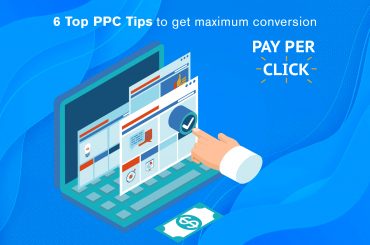When it comes to digital marketing, it’s essential to monitor your ROI to prove the effectiveness of your strategy and budget to management. However, you can use so many ROI metrics that it can be hard to decide which ones are the most important to track and measure. Here are ten digital marketing ROI metrics that you should know about and measure if you’re looking to achieve success with your strategy.
Cost Per Lead (CPL)
The cost per lead (CPL) formula looks like this: Cost of advertising x number of charges divided by total sales from leads. CPL is a straightforward metric that can be used for digital and offline marketing campaigns, but it does not consider any other costs associated with generating leads.
Lead Close Rate
A close lead rate is a metric used to track how often salespeople can close leads they generate. It’s calculated by dividing your lead close rate by your total number of leads. Let’s say you had 300 leads and completed 60 of them. Your lead close rate would be 20%. That means that, on average, for every 100 people you talk to, you’re closing two new customers.
Cost Per Acquisition (CPA)
The cost per acquisition (CPA) is a measurement of customer acquisition, also known as paid media. If a company spends $1,000 on Facebook ads and makes $2,000 off that ad spend, its CPA would be $1.
Customer Lifetime Value (CLV)
One of my favorite metrics, CLV, tells you how much money a customer will spend with your business over their lifetime. This includes every purchase they make with you and any spending related to their referrals and recommendations.
Customer Acquisition Cost (CAC)
How much does it cost your business to acquire a new customer? This can be measured in any unit of time (usually monthly) or the number of customers acquired. This is a fundamental metric for measuring the success and profitability of your marketing campaigns.
Net Promoter Score (NPS)
The net promoter score (NPS) is a great way to measure customer loyalty. It’s based on one question: How likely would you recommend your company or product to a friend or colleague?
Average Order Value (AOV)
This metric refers to how much money customers spend during each visit. If you have a high average order value, you’re selling more expensive products than if you had a low AOV.
Exit Rate
Suppose a visitor sees your landing page and leaves without engaging with your content. To improve your conversion rates and increase traffic to your site, you’ll want to keep these numbers as low as possible.
Net Promoter Score (NPS)
The Net Promoter Score® (NPS) is a customer loyalty metric that measures customers’ willingness to recommend a company’s products or services based on their experience with it.
Customer Retention Rate
Research from KISSmetrics found that an increase in customer retention rate from 5 percent to 10 percent led to a 25-percent increase in profits. If you’re able to retain more customers, your business will grow.
Conclusion
One of digital marketing’s most valuable advantages is its ability to serve as a low-cost trial for businesses. Suppose you’re looking to boost traffic, generate leads, or increase brand awareness.
In that case, there are dozens of digital marketing campaigns you can test to determine what’s working and what isn’t—with very little time and effort involved. It is essential to know how your business is performing against goals to adjust accordingly.
Frequently Asked Questions
1. What is digital marketing ROI?
Return on investment, or ROI, is a measurement used to gauge how much you are receiving in return for your marketing dollars. Think of it as profit divided by total invested dollars. A high ROI means that most of your investment is paying off and you’re earning a lot more than what you put in. On the other hand, if your return is low, then it might be time to look into a different marketing strategy to boost results.
2. Why is it important to measure digital marketing RoI?
It is important to measure digital marketing ROI (Return on Investment) for several reasons. Firstly, because it allows you to maximize your budget and time by seeing which forms of marketing work best. If you notice that social media is performing poorly in relation to other channels, then it makes sense to direct more resources towards areas that perform better.
Secondly, measurement enables you to optimize your current methods by understanding what content performs best, what times of day are most effective and how users interact with your content.





